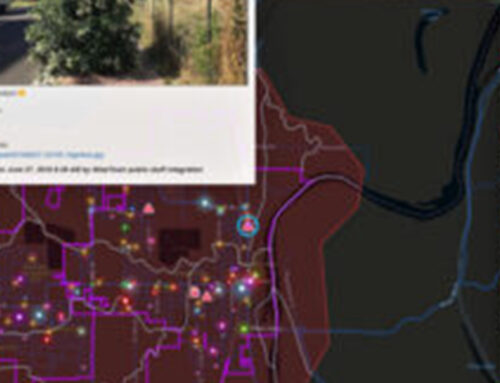How Artificial Intelligence is changing cities
Attention on the topic of Artificial Intelligence (AI) is growing more and more, one of the most innovative and rapidly expanding technologies of our time. With the increase of available data and computing power, AI is becoming increasingly advanced and accessible, opening the door to a wide range of new opportunities and challenges. One of the fields where AI is having a significant impact is that of cities, where technologies are changing the way cities function and how citizens live.
What is Artificial Intelligence?
When we talk about Artificial Intelligence we refer to the set of technologies driving the Fourth Industrial Revolution. Thanks to AI, it is possible to develop algorithms and systems that perform functions generally associated with human intelligence, such as recognition, reasoning, learning, and decision making. umans benefit first and foremost by learning faster and understanding – through data – a reality otherwise dominated by complexity. It is precisely on data that the main challenge is played: the goal is not to produce more data but rather to extract more information from the mass of data that is already being produced by human activity.
Artificial intelligence and cities
Cities will be the places where the challenge of sustainability of human activities and citizen well-being will be played out in the coming years. It is estimated that by 2050, two-thirds of the world’s population will live in urban areas. In the face of these prospects, AI will play an increasingly important role in improving the quality of life for citizens and making city services more efficient.
One of the main applications of AI in cities is traffic management. Artificial intelligence systems can analyze real-time traffic data and use machine learning algorithms to predict and manage traffic flows, improving the circulation of cars and reducing travel times.
AI can also be used to improve the safety of cities. For example, AI-based video surveillance systems can detect and report suspicious behavior, while predictive analytics algorithms can help identify and prevent crime-prone areas.
AI can also help make cities more sustainable. For example, AI systems can be used to optimize energy management by automatically regulating lighting and building temperature based on the number of people present and weather conditions In addition, AI can be used to analyze pollution data and identify emission sources to take measures to reduce them.
Benefits for citizens
The ultimate sense of the digital revolution and the application of Artificial Intelligence technologies in cities is all about improving urban services and therefore the well-being of citizens. AI can be used to analyze data on crime, road accidents and weather conditions and predict the needs of emergency services. This means that emergency services can be better prepared to handle crisis situations and can intervene more quickly to save lives. Still, AI can be used to constantly monitor public facilities such as roads, schools and public buildings and report any problems for maintenance. his means that citizens can benefit from safer and more reliable services and that public entities can better manage their resources.
Administrators are therefore called to look into the world of digital innovation to discover and integrate new tools for public management. he market provides new and powerful tools designed to support decision-makers in the analysis of the territory and the elaboration of improvement initiatives. Among the most innovative tools are WiseTown’s Smart City dashboards, decision support systems for achieving data-driven governance.




